24ft Ceiling Fan:Ideal for Large Spaces and Industrial Settings
A 24ft ceiling fan is an exceptionally large industrial or commercial ceiling fan, typically used in vast open spaces such as warehouses, manufacturing facilities, airports, sports arenas, or large retail stores. With a blade span of 24 feet (288 inches), this fan can effectively circulate air over expansive areas, making it an ideal solution for environments where standard ceiling fans or air conditioning would be insufficient.
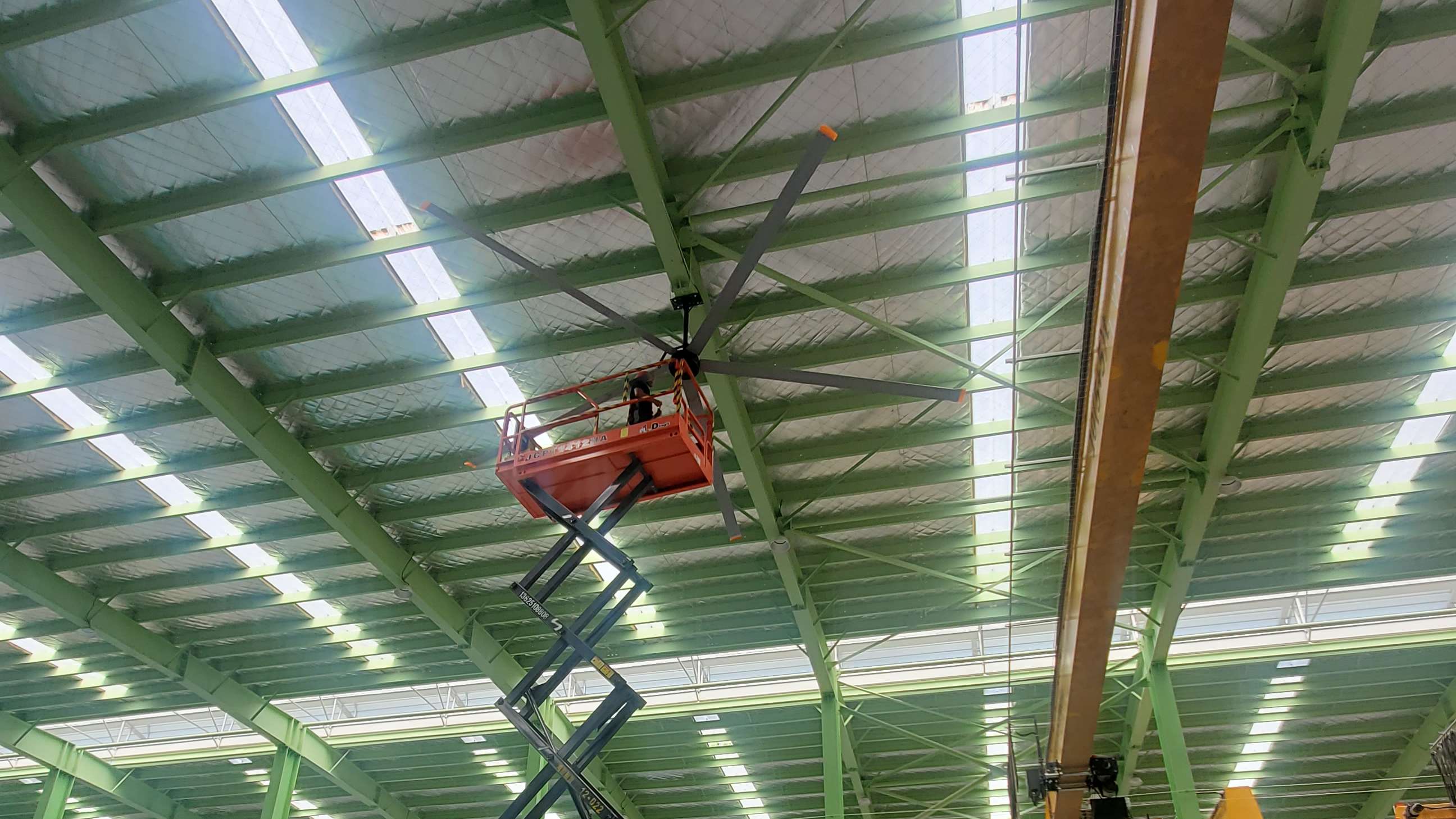
Key Features and Benefits of a 24ft Ceiling Fan:
Massive Coverage Area: A 24ft ceiling fan is designed to provide air circulation for spaces up to 15,000 to 20,000 square feet or more, depending on the height of the ceiling. Its large blade span ensures that it can cover an enormous area, helping to maintain a consistent airflow and temperature across a vast space.
Improved Ventilation: By circulating large volumes of air, a 24ft ceiling fan helps reduce hot spots, control humidity, and create a more comfortable environment for workers, customers, or visitors. It helps maintain an even temperature throughout the entire space.
Energy Efficiency: While the size may seem intimidating, large ceiling fans like this are highly energy-efficient, especially when compared to industrial air conditioning systems. They circulate air naturally, requiring much less energy to operate, which can significantly reduce cooling costs in large spaces.
Low Maintenance: Many industrial 24ft fans are designed with durable, low-maintenance components that can withstand the harsh conditions of large commercial and industrial environments. With proper installation, these fans are built to last and require minimal upkeep.
Quiet Operation: Despite their massive size, modern 24ft ceiling fans are engineered to operate quietly, making them suitable for both active and high-traffic spaces. Whether used in a warehouse or an open-plan showroom, they won't create disruptive noise while improving air circulation.
Customizable Speeds: Large ceiling fans often come with multiple speed settings and can be paired with smart controls to adjust airflow to suit the specific needs of the space. This adaptability allows businesses to optimize cooling based on daily temperature changes and workload variations.
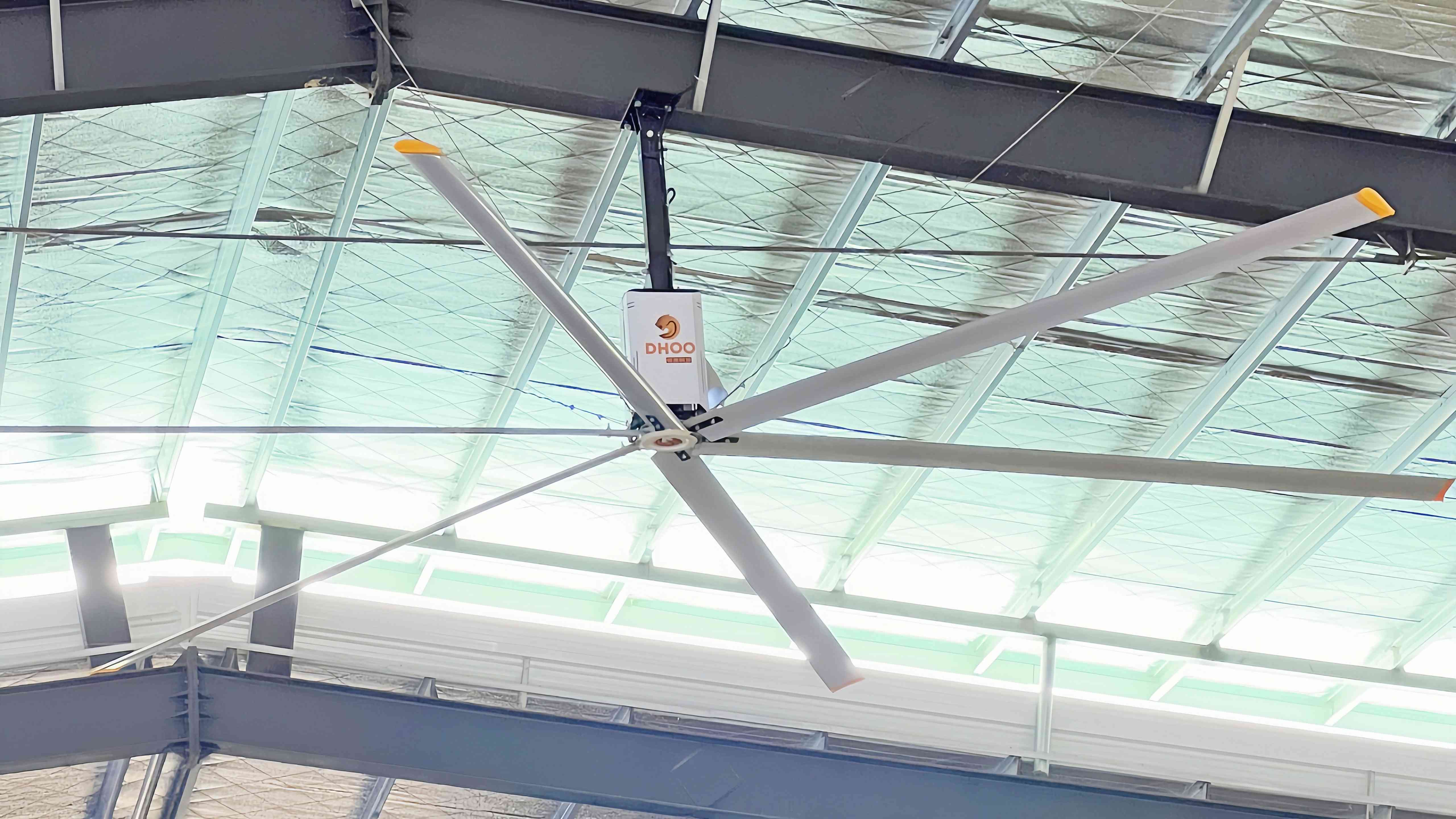
Ideal Applications for a 24ft Ceiling Fan:
- Industrial Warehouses and Factories: Perfect for keeping large manufacturing floors cool and well-ventilated, especially during hot weather or in environments where machinery generates excess heat.
- Sports Arenas and Gymnasiums: Provides large, consistent airflow for spectators and athletes, improving comfort during events or training.
- Retail Stores and Showrooms: Helps maintain a comfortable temperature in large open-plan spaces, ensuring customers have a pleasant shopping experience.
- Airports and Airports Terminals: In spaces like terminals and waiting areas, a 24ft ceiling fan can provide airflow that enhances the comfort of passengers and staff in high-traffic, wide-open areas.
Considerations for Installing a 24ft Ceiling Fan:
- Ceiling Height: A 24ft fan is best suited for environments with ceilings that are at least 20 feet high. This ensures the fan's blades are clear of any obstacles and that it can circulate air effectively.
- Proper Installation: Due to its large size and weight, professional installation is often necessary. It’s important to ensure the ceiling structure can support the fan and that it’s positioned for optimal airflow distribution.
- Energy Source: While a 24ft fan is energy-efficient, it's important to select a model that’s compatible with your facility’s power supply. Many large fans also feature energy-saving motors to further reduce operating costs.
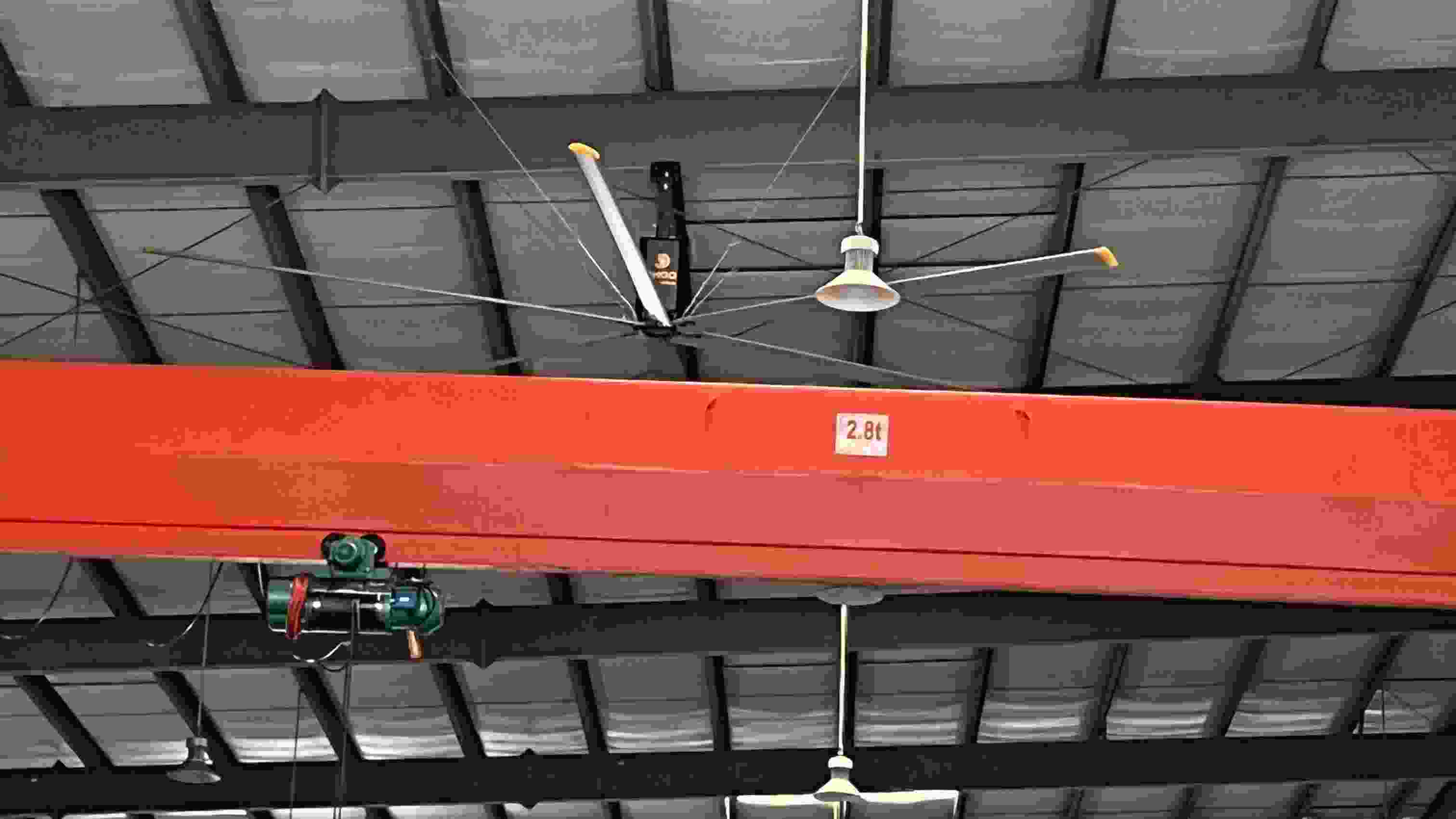 suria giant fan
suria giant fan
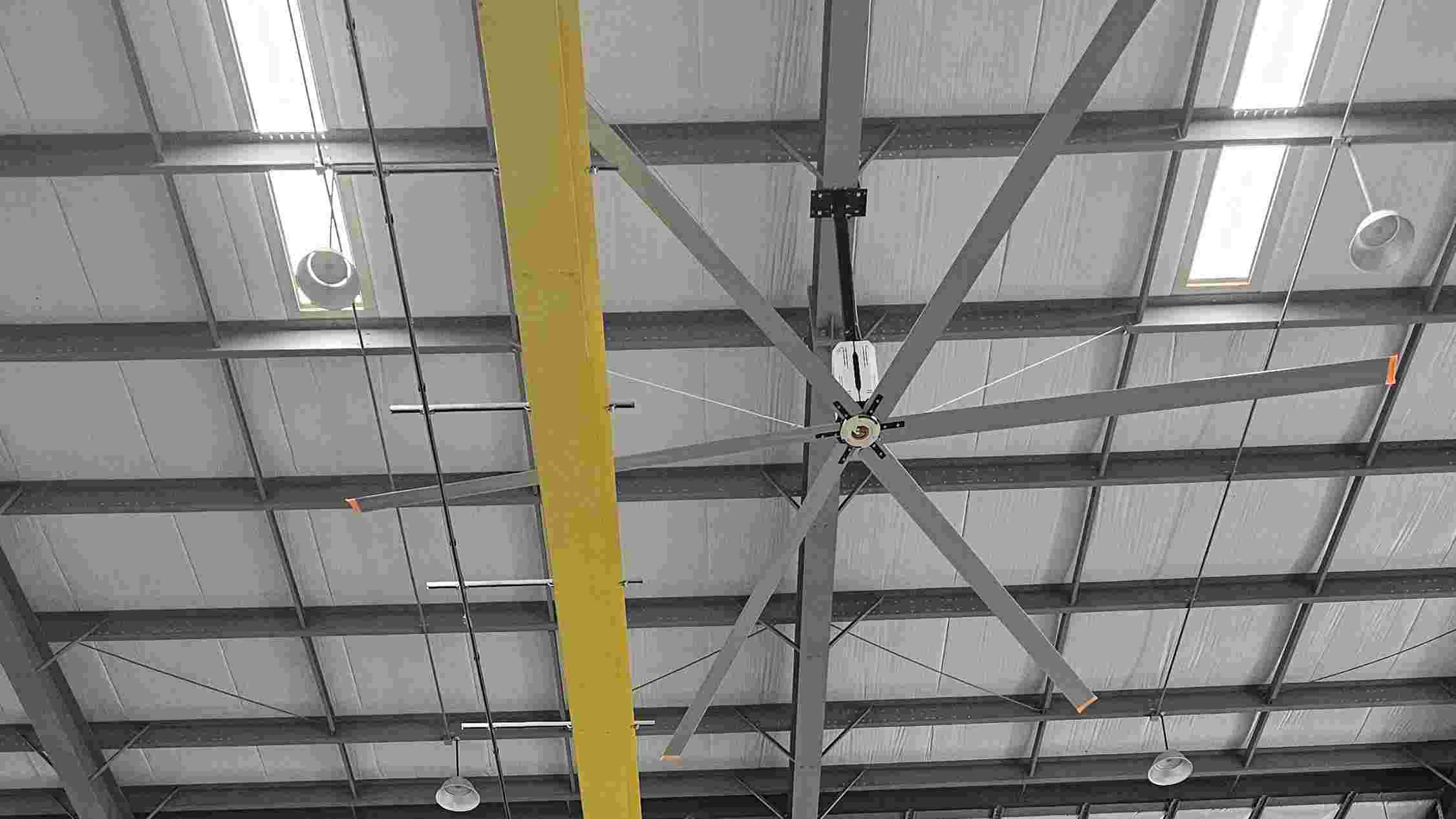 Commercial Fans
Commercial Fans
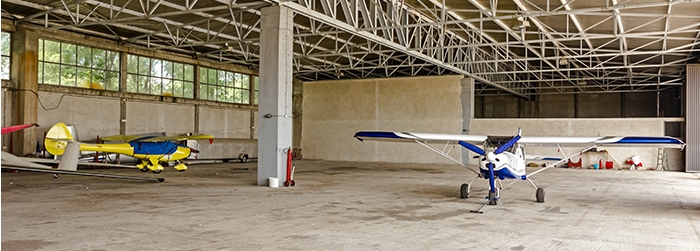 Research on Air Stratification
Research on Air Stratification
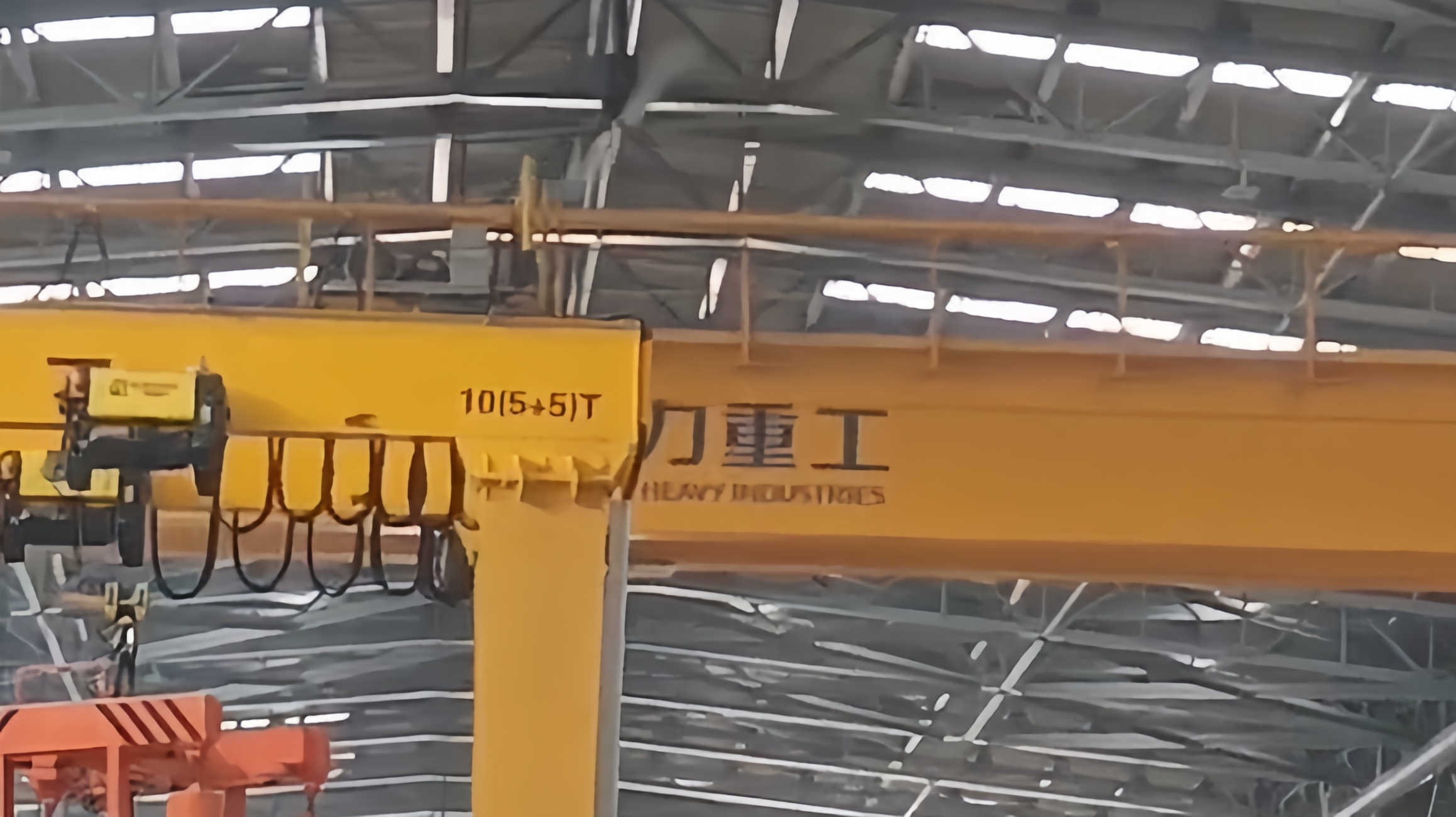 Industrial Ceiling Fans in Sou
Industrial Ceiling Fans in Sou
